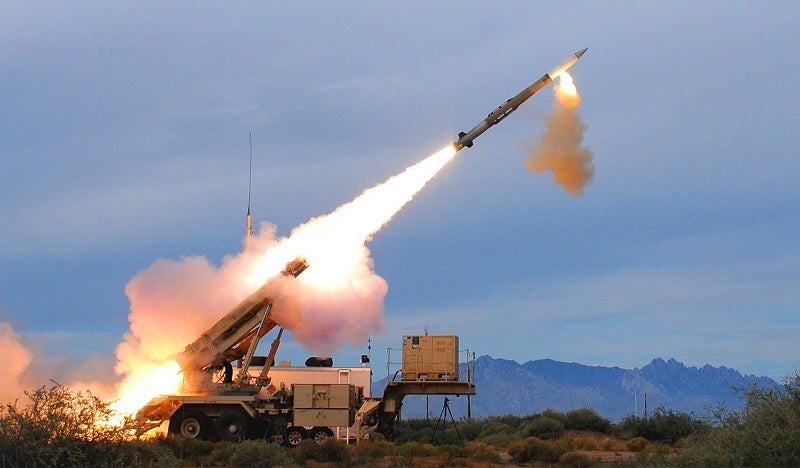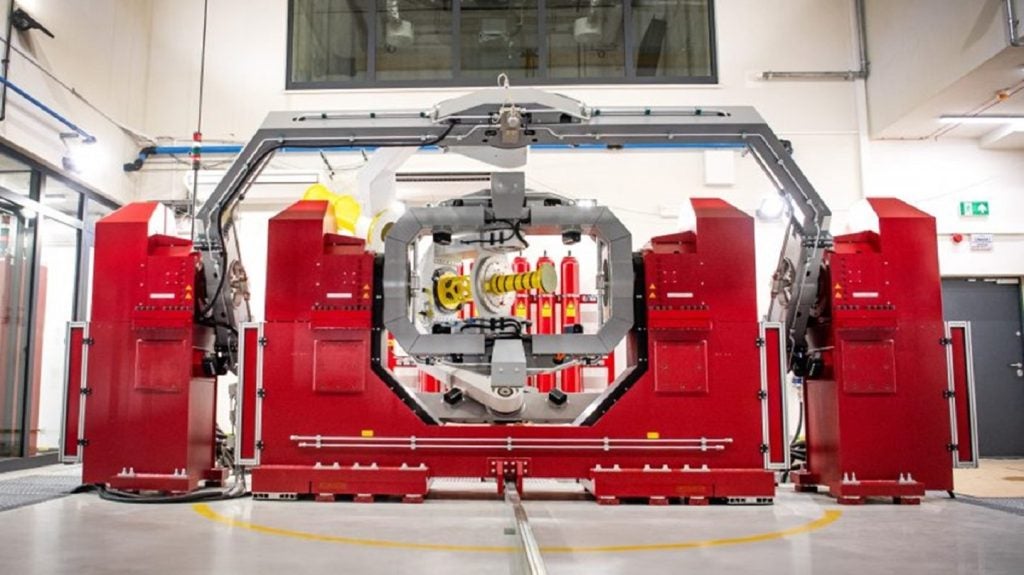PGZ – Poland’s state-owned defence group – has obtained a hardware-in-the-loop (HWIL) laboratory following a previous offset agreement made with US prime Lockheed Martin under the Wisła missile programme.
Poland’s new research structure, equipped with a five-axis flight motion simulator, is the first of its kind in Central and Eastern Europe and one of the few on the continent.
It will be used to model and simulate missile systems, with a particular focus on their performance, providing an opportunity to test the guidance process. It will also eliminate the costs of expensive field tests and speed up delivery of the missile systems.
Specficially, HWIL will prove the integrity of very short, short and medium range missiles, According tot PGZ’s HWIL project manager, Roger Burek-Bors. The device will allow Poland to simulate rotating missiles, which are stabilised during flight by rotation.
Based at a facility in Zielonka, a town outside Warsaw, the new laboratory will support the second phase of Poland’s Wisła programme. This is the country’s PAC-3 integrated air and missile defence (IAMD) project, named after the ‘Vistula’, the longest river in Poland, by which the agreement with the US was launched in 2018.

What does the offset provide PGZ?
An offset programme was launched in August 2023 in conjunction with the IAMD project between local industry and two leading US missile manufacturers, Lockheed Martin and RTX.
Eight projects are currently underway as part of this second phase of Wisła. This includes the establishment of the HWIL in Poland. Other areas include expanding capacity for launch tube production and providing training, equipment and software for solid rocket motor production.
It is also worth noting that Europe is in the process of cultivating a PAC-3 supply chain. In Bavaria, in southern Germany, a missile manufacturing hub has been re-established by MBDA Germany, where it produces solid rocket fuel propellents for Patriot missiles.









